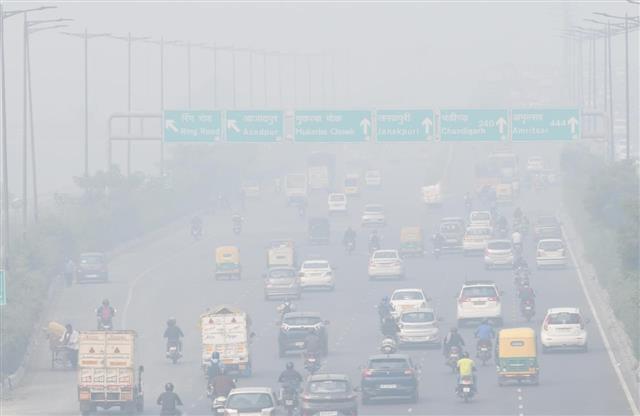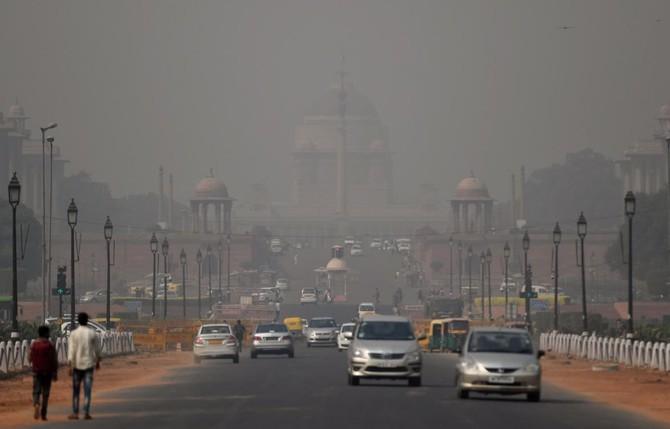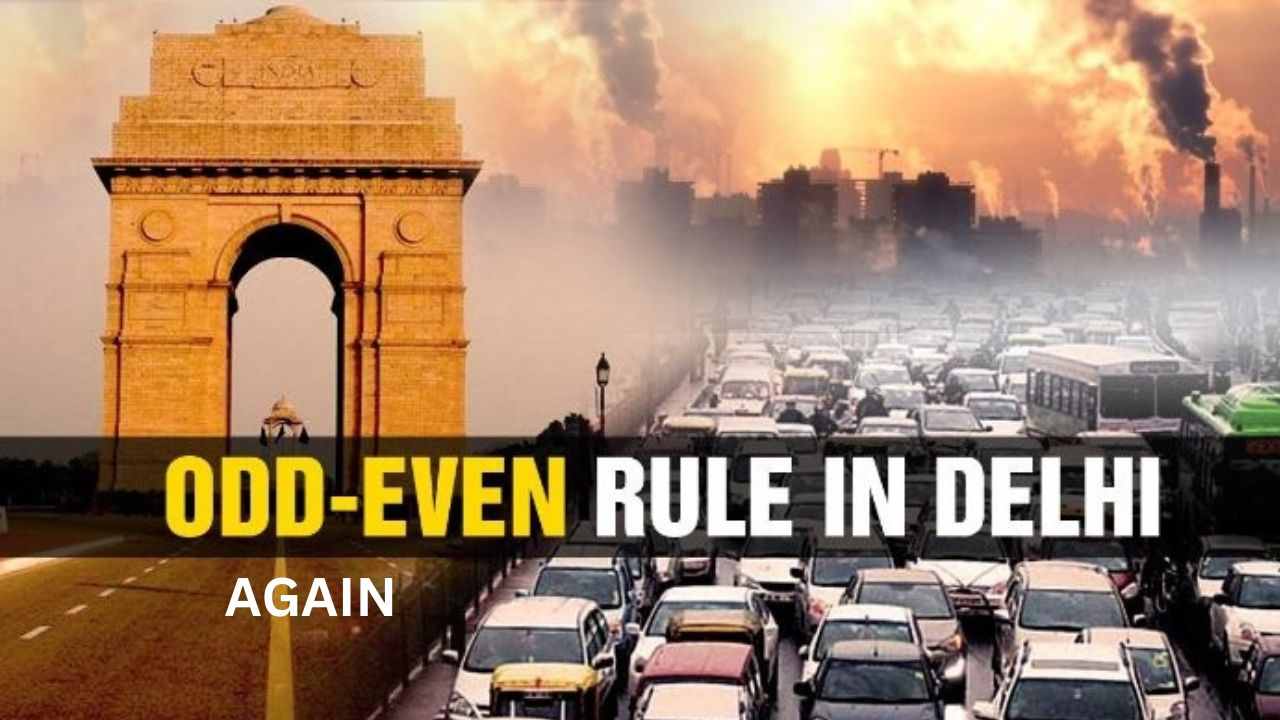The Odd Even rule is typically used to fight the very bad air pollution in the capital city. The Delhi government is bringing back the Odd-Even rule because the air in the city is getting worse.
Table of Contents
They plan to use it for one week, from November 13 to November 20. The decision came after a big meeting led by the Delhi chief minister, Arvind Kejriwal, and attended by the environment minister, Gopal Rai, along with other government officials.
बढ़ते प्रदूषण की स्तिथि को देखते हुए दिल्ली में 13 से 20 नवंबर तक ऑड-ईवन लागू किया जाएगा।#OddEven #DelhiFightsPollution pic.twitter.com/1rbIzHP8GJ
— Gopal Rai (@AapKaGopalRai) November 6, 2023
What is the Odd Even rule
The Odd-Even rule typically refers to a traffic management measure implemented in certain cities to reduce air pollution and traffic congestion. It is most commonly associated with New Delhi, India, although similar measures have been adopted in other cities around the world.
The Odd-Even rule works as follows:
- On specific days, vehicles with license plates ending in odd numbers (e.g., 1, 3, 5, 7, 9) are allowed to operate on the roads, while those with even-numbered plates (e.g., 2, 4, 6, 8, 0) are not permitted.
- On alternate days, the pattern is reversed, allowing even-numbered vehicles on the road and restricting odd-numbered vehicles.
The idea behind implementing the Odd-Even rule is to reduce traffic congestion and air pollution by limiting the number of vehicles on the road. By alternating which vehicles are allowed on a given day, the goal is to encourage people to carpool, use public transportation, or adopt alternative transportation methods on their “off” days.
The implementation of the Odd-Even rule is usually triggered by deteriorating air quality, particularly during periods of high pollution, such as smog or haze. Cities may also use this rule during special events or emergencies when traffic congestion is expected to be severe.
When Odd Even Rule First Time Imposed In Delhi?
In 2016, the government led by Arvind Kejriwal introduced the Odd-Even system. This rule means that private vehicles can only be used on certain days, depending on the last number of their license plate. If your number plate ends in an even digit, you can drive on even dates. If it ends in an odd digit, you can drive on odd dates.
Back in 2016, the Delhi government issued a notification during the Odd-Even rule’s implementation. This notification stated that the restrictions would also affect privately-owned four-wheeler vehicles from other states. It mentioned that breaking these rules could result in a significant fine for the vehicle owner.
How Is Air quality in Delhi NCR
For the seventh day in a row, a thick, harmful smog covered the national capital and nearby regions. According to the System of Air Quality and Weather Forecasting and Research (SAFAR)-India, the current air quality has reached the most severe level on the scale, known as ‘severe plus,’ with an Air Quality Index (AQI) surpassing 500.

The Commission for Air Quality Management (CAQM) made a decision on Sunday to activate Stage IV of the Graded Response Action Plan (GRAP) in the entire National Capital Region (NCR) immediately.
This is in addition to all the measures outlined in Stages I, II, and III of the plan. The GRAP is a series of emergency action plans that are put into action in four stages, depending on how bad the air pollution is, as indicated by the Air Quality Index (AQI).
Let’s See Why Delhi Have So Much Pollution

Delhi experiences high levels of air pollution due to a combination of natural and man-made factors. Some of the primary reasons for the pollution in Delhi include:
- Vehicular Emissions: Delhi has a high density of vehicles, including a large number of diesel-powered vehicles. Emissions from these vehicles, including particulate matter, nitrogen oxides, and volatile organic compounds, significantly contribute to air pollution.
- Industrial Emissions: The presence of industries and factories in and around Delhi releases various pollutants into the air, including dust, chemicals, and industrial emissions. These pollutants can contribute to air pollution.
- Construction Activities: Construction projects generate dust and particulate matter, which can be a significant source of air pollution, particularly in urban areas undergoing rapid development.
- Agricultural Residue Burning: During the winter months, farmers in the surrounding regions of Delhi, such as Punjab and Haryana, often burn crop residues, releasing large amounts of pollutants into the atmosphere. This practice significantly worsens air quality in Delhi during the winter months.
- Dust and Sandstorms: Delhi experiences dust and sandstorms, particularly during the pre-monsoon season. These events can raise levels of airborne particulate matter, further deteriorating air quality.
- Climate and Geography: Delhi’s geographical location and climate conditions can exacerbate pollution. Stagnant air during the winter months traps pollutants near the ground, leading to the formation of smog and poor air quality.
- Population Density: The high population density in Delhi contributes to increased emissions from transportation, energy use, and various human activities, all of which contribute to pollution levels.
- Lack of Green Spaces: Insufficient green spaces and vegetation in the city can reduce the city’s capacity to filter and absorb pollutants, leading to poor air quality.
- Construction and Infrastructure Challenges: Rapid urbanization and infrastructure development can lead to the removal of green cover and can disrupt natural drainage systems, impacting the city’s ability to mitigate pollution.
Also Checkout: SKINCARE IN POLLUTION SEASON AND TOP 10 TIPS FOR SKINCARE










